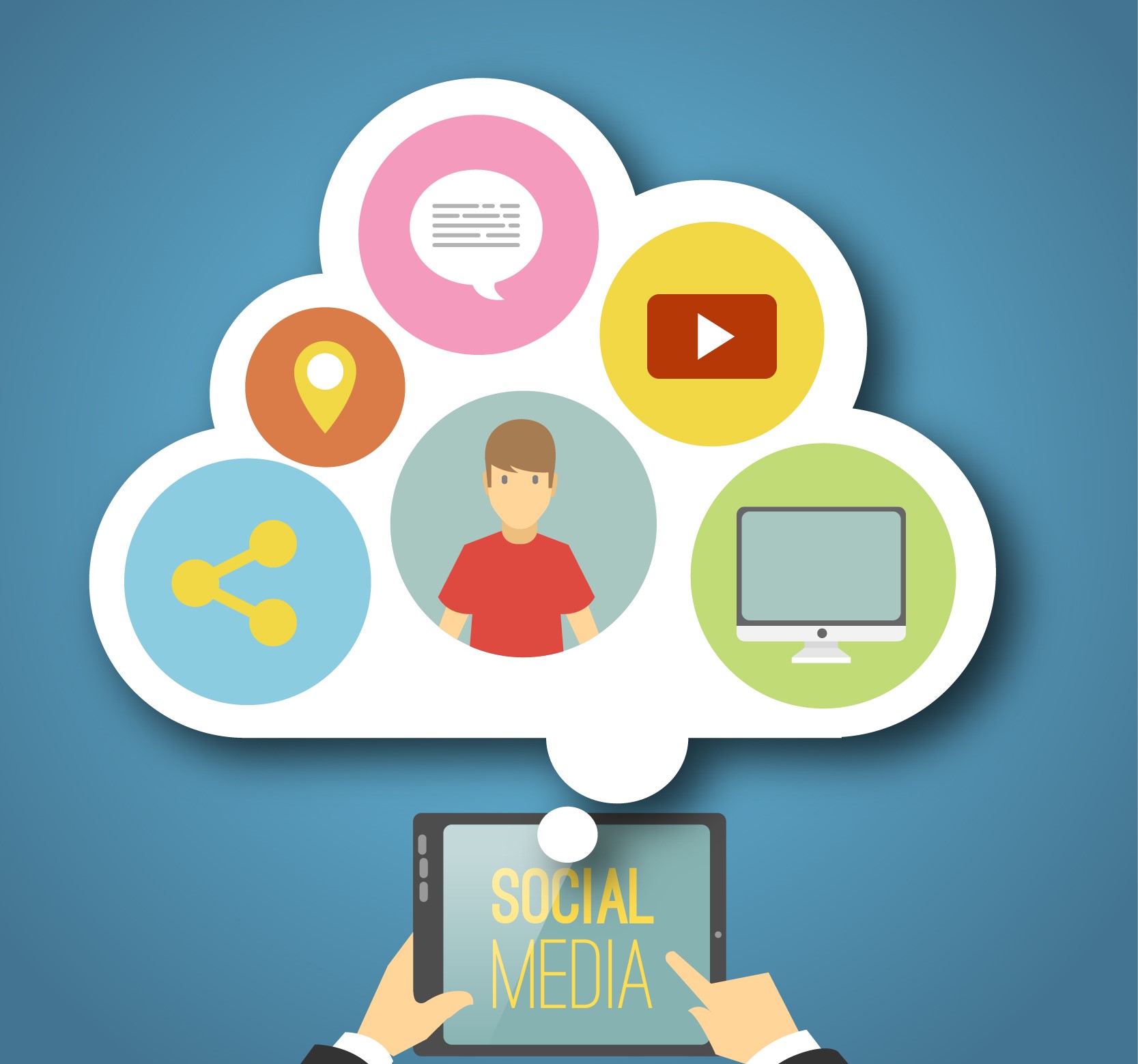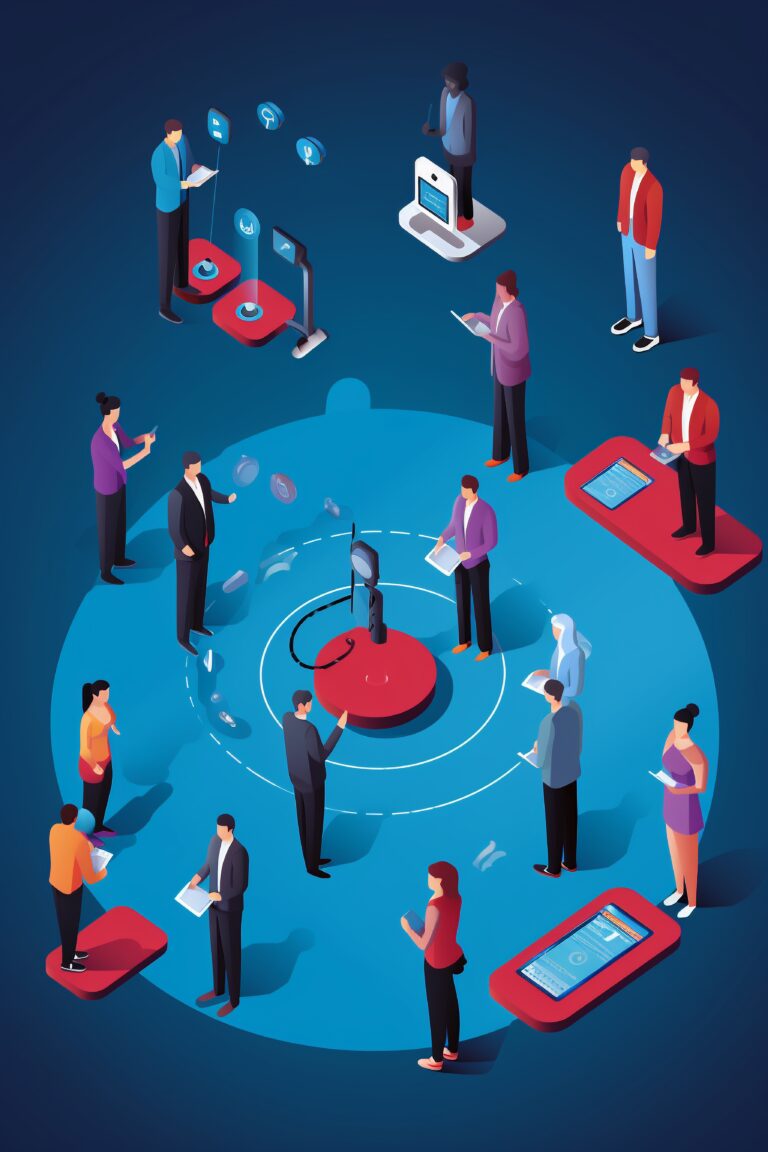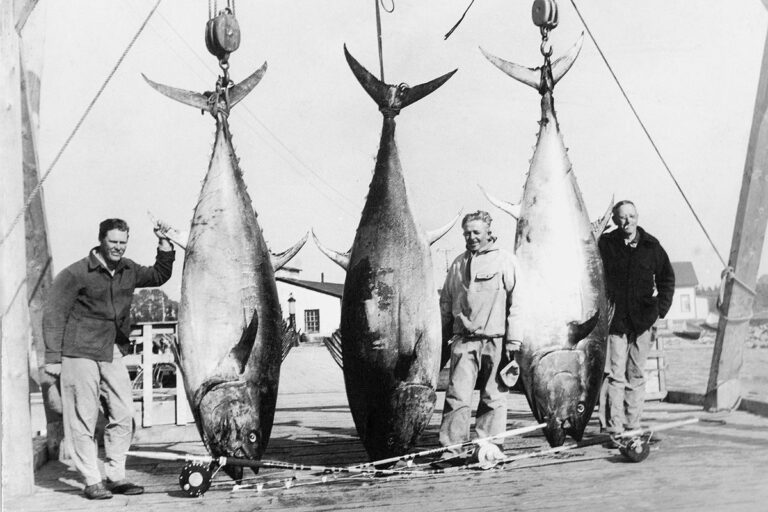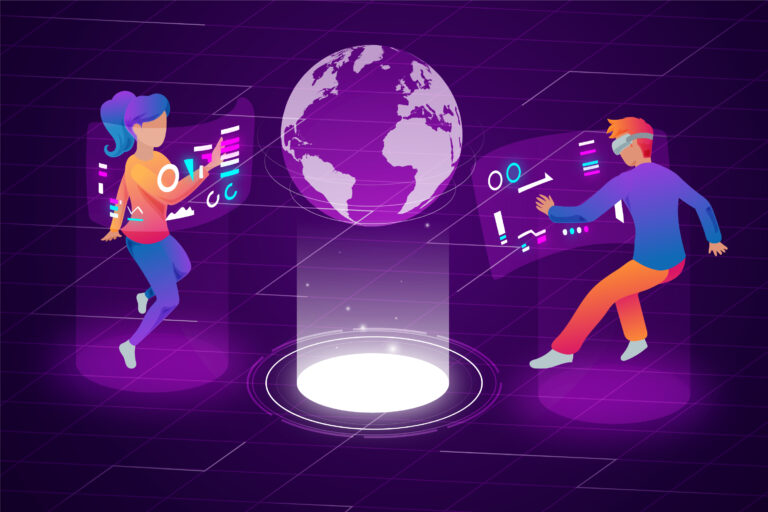The Impact of Tech on Traditional Media
The rapid advancement of technology has profoundly impacted traditional media, reshaping how content is created, distributed, and consumed. From the rise of digital platforms to the integration of artificial intelligence, technology is transforming the media landscape, offering new opportunities and challenges. Let’s explore the various ways technology is influencing traditional media and what this means for the industry.
Digital Transformation: The Shift to Online Platforms
The digital revolution has shifted traditional media outlets from print and broadcast to online platforms, changing how audiences access and interact with content.
Online News and Journalism
Newspapers and magazines have transitioned to digital formats, offering online subscriptions, e-papers, and mobile apps. Websites like The New York Times, The Guardian, and many others now provide real-time updates, multimedia content, and interactive features. This shift allows for greater reach and engagement but also requires adaptation to new revenue models such as paywalls and digital advertising.
Streaming Services
Television and radio have also evolved with the advent of streaming services. Platforms like Netflix, Hulu, and Spotify offer on-demand access to a vast library of content, personalized recommendations, and ad-free experiences. Traditional broadcasters have launched their own streaming services, such as CBS All Access and BBC iPlayer, to compete in this new landscape.
Social Media: A New Avenue for Content Distribution
Social media platforms have become essential channels for distributing news, entertainment, and information, transforming how media organizations reach their audiences.
Instant News Sharing
Platforms like Twitter, Facebook, and Instagram enable instant sharing of news stories, videos, and live broadcasts. Journalists and media outlets use these platforms to engage with their audience, provide real-time updates, and amplify their reach. Social media’s viral nature can significantly increase the visibility of content, but it also raises concerns about misinformation and the spread of fake news.
Influencers and User-Generated Content
The rise of social media influencers and user-generated content has democratized media production, allowing individuals to build large followings and impact public opinion. Traditional media now collaborates with influencers for marketing and content creation, recognizing their ability to connect with niche audiences.
Artificial Intelligence: Enhancing Content Creation and Personalization
Artificial intelligence (AI) is playing a growing role in media, from content creation and curation to audience engagement and analytics.
Automated Journalism
AI-powered tools can generate news articles, sports reports, and financial summaries quickly and accurately. Organizations like The Washington Post and Reuters use AI to produce content on a large scale, freeing up human journalists to focus on in-depth reporting and analysis.
Personalized Content Recommendations
AI algorithms analyze user behavior to provide personalized content recommendations. Streaming services, news apps, and social media platforms use these algorithms to keep users engaged by suggesting relevant articles, videos, and shows. This personalization enhances user experience but also raises concerns about filter bubbles and reduced content diversity.
Virtual Reality (VR) and Augmented Reality (AR): Immersive Experiences
VR and AR technologies are creating new ways to consume media, offering immersive and interactive experiences that traditional formats cannot match.
VR Journalism and Storytelling
VR allows users to experience news stories and documentaries in a fully immersive environment. Media organizations like The New York Times and National Geographic use VR to transport viewers to conflict zones, natural disasters, and remote locations, providing a deeper understanding of complex issues.
AR in Entertainment and Advertising
AR enhances traditional media by overlaying digital content onto the physical world. TV shows, magazines, and advertisements use AR to provide interactive experiences, such as 3D models, animations, and contextual information. This technology engages audiences in new ways, making content more interactive and memorable.
Big Data and Analytics: Driving Decision-Making
Big data and analytics are transforming how media companies understand their audiences and make strategic decisions.
Audience Insights and Targeting
Media organizations use data analytics to gain insights into audience preferences, behavior, and demographics. This information helps in tailoring content, targeting advertisements, and optimizing marketing strategies. Companies like Nielsen and Comscore provide comprehensive analytics solutions to help media businesses make data-driven decisions.
Content Performance and Optimization
Analytics tools track content performance across different platforms, measuring metrics such as views, shares, and engagement. This data helps media companies understand what works and what doesn’t, allowing them to refine their content strategies, improve user experience, and increase retention.
Challenges and Opportunities
While technology offers numerous benefits to traditional media, it also presents challenges that need to be addressed.
Adapting to New Business Models
The shift to digital has disrupted traditional revenue streams, such as print subscriptions and broadcast advertising. Media companies must innovate and diversify their revenue models, exploring options like digital subscriptions, sponsored content, and e-commerce.
Combatting Misinformation
The rapid spread of information online has made it easier for misinformation and fake news to proliferate. Media organizations must prioritize fact-checking, transparency, and media literacy to maintain credibility and trust with their audiences.
Conclusion
The impact of technology on traditional media is profound and multifaceted, driving innovation and presenting new challenges. As media organizations continue to adapt to this evolving landscape, they must leverage technological advancements to enhance content creation, distribution, and engagement. By embracing digital transformation, harnessing the power of AI, and exploring immersive technologies like VR and AR, traditional media can remain relevant and thrive in the digital age. The future of media lies in the seamless integration of technology, ensuring that content is more accessible, personalized, and impactful for audiences worldwide.






